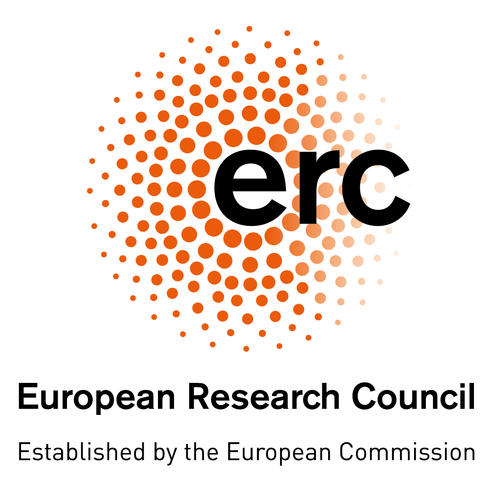New paper: Brain-constrained neural modeling explains fast mapping of words to meaning
Marika Constant, Friedemann Pulvermüller and Rosario Tomasello have used brain-constrained neural networks to simulate key features of semantic associative learning with only a few simultaneous exposures to objects, actions and corresponding word forms. This corresponds to so-called "fast-mapping": the rapid association of symbols and meaning.
Most neural network learning algorithms fail to achieve rapid information storape quickly, raising the question of whether there can be a mechanistic explanation of fast-mapping. The researchers have compared two different networks: one with prior encounters with phonological and conceptual knowledge, as claimed by fast-mapping theory and one without.
Simulations showed that word-specific representations emerged in the network modelled after fast-mapping theory after 1-10 learning events, but only after 40-100 learning events in the direct word learning model.
These findings provide a better understanding of the critical mechanisms underlying the human brain's unique ability to acquire new words quickly.
You can read the full paper published in Cerebral Cortex here.
News from Mar 01, 2023

